Home>Gardening & Outdoor>Landscaping Ideas>How To Plant Grass Seed In Colorado
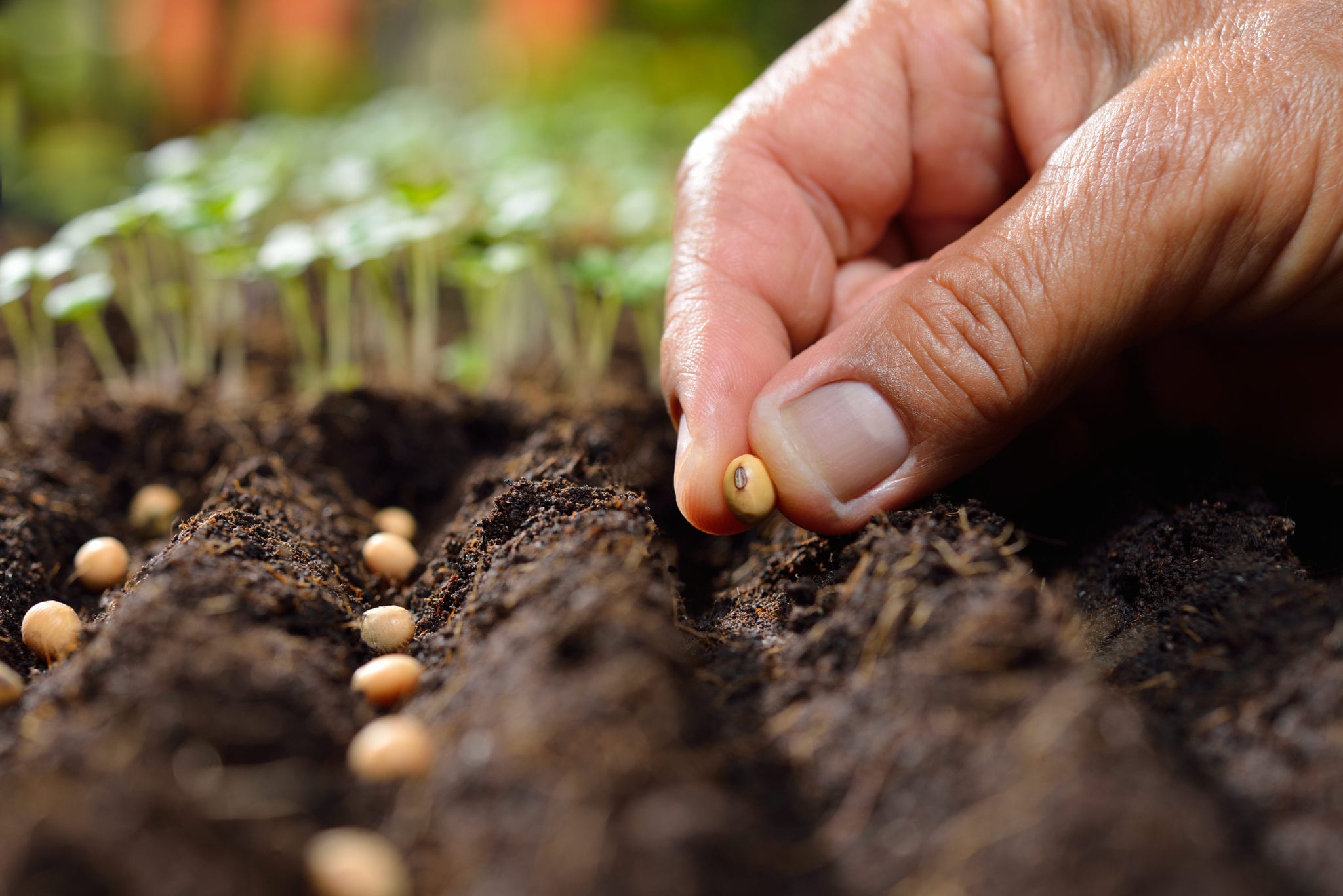

Landscaping Ideas
How To Plant Grass Seed In Colorado
Modified: February 18, 2024
Learn the best landscaping ideas for planting grass seed in Colorado. Discover expert tips for successful lawn establishment in the challenging Colorado climate.
(Many of the links in this article redirect to a specific reviewed product. Your purchase of these products through affiliate links helps to generate commission for Storables.com, at no extra cost. Learn more)
Introduction
Welcome to the breathtaking landscapes of Colorado, where the majestic Rocky Mountains and the stunning plains create a unique environment for landscaping. Whether you're a homeowner looking to revitalize your lawn or a landscaping enthusiast eager to explore new possibilities, planting grass seed in Colorado can be a rewarding endeavor. In this guide, we will delve into the nuances of cultivating lush, vibrant grass in this diverse and captivating state.
As you embark on this landscaping journey, it's essential to understand the distinctive climate of Colorado and how it influences the growth of various grass species. By selecting the right type of grass seed and implementing proper planting and care techniques, you can establish a resilient and visually appealing lawn that thrives in Colorado's dynamic environment.
Join us as we uncover the intricacies of planting grass seed in Colorado, from deciphering the climate patterns to preparing the soil and nurturing your newly planted grass. Whether you're aiming for a picturesque lawn to complement your home or seeking to enhance the natural beauty of commercial properties, this comprehensive guide will equip you with the knowledge and expertise needed to achieve your landscaping aspirations in the stunning landscapes of Colorado.
Key Takeaways:
- Choosing the right grass seed for Colorado’s diverse climate is crucial. Consider factors like elevation, sunlight, and water requirements to ensure your lawn thrives in the unique environment.
- Proper soil preparation and attentive care are essential for successful grass growth in Colorado. Understanding the soil composition, conducting soil tests, and providing diligent maintenance contribute to a vibrant and resilient lawn.
Read more: When To Plant Grass In Colorado
Understanding the Climate in Colorado
Colorado’s diverse climate presents unique challenges and opportunities for landscaping enthusiasts. With varying elevations and microclimates, the state experiences a wide range of temperature fluctuations and precipitation patterns. Understanding these climatic factors is crucial for selecting the most suitable grass seed and implementing effective planting and maintenance strategies.
One of the defining features of Colorado’s climate is its significant variations in elevation. The state encompasses everything from arid plains to alpine tundra, resulting in diverse temperature ranges and precipitation levels. In general, Colorado experiences a semi-arid climate, characterized by relatively low annual precipitation and sunny days throughout the year.
When selecting grass seed for your Colorado lawn, it’s essential to consider the specific climatic conditions of your region. For lower elevations and drier areas, drought-tolerant grass species such as buffalo grass and blue grama grass are well-suited to the arid climate. These grasses have adapted to thrive in Colorado’s semi-arid environment, requiring minimal water and maintenance once established.
Conversely, higher elevations and mountainous regions in Colorado may experience cooler temperatures and greater fluctuations in weather patterns. In these areas, cool-season grasses like Kentucky bluegrass and fine fescue varieties are better equipped to withstand the colder climate and shorter growing season.
Furthermore, Colorado’s intense sunlight and occasional high winds can pose additional challenges for maintaining a healthy lawn. Choosing grass seed varieties that are resilient to sun exposure and wind damage is crucial for long-term success in Colorado’s outdoor spaces.
By familiarizing yourself with the intricacies of Colorado’s climate and its impact on grass growth, you can make informed decisions when selecting grass seed and implementing cultivation practices. In the next section, we will explore the process of choosing the right grass seed tailored to Colorado’s unique climate and landscape.
Choosing the Right Grass Seed
When it comes to planting grass seed in Colorado, selecting the appropriate grass species is a critical decision that directly influences the long-term success of your lawn. Colorado’s diverse climate and terrain require careful consideration of grass seed options to ensure optimal growth and resilience.
For areas with lower elevations and drier conditions, warm-season grasses such as buffalo grass, blue grama grass, and turf-type tall fescue are well-suited to thrive in Colorado’s semi-arid environment. These grass species exhibit excellent drought tolerance and can withstand the intense sunlight and occasional high winds commonly experienced in the region. Additionally, their low water requirements make them environmentally friendly choices for sustainable landscaping in Colorado.
In contrast, cooler and higher elevation regions of Colorado benefit from cool-season grass varieties like Kentucky bluegrass, fine fescue, and perennial ryegrass. These grasses are adapted to withstand colder temperatures and have the resilience to thrive in mountainous terrain, making them ideal choices for landscapes in these areas.
When selecting grass seed, it’s essential to consider factors such as the amount of sunlight your lawn receives, soil type, and anticipated foot traffic. For shady areas, fine fescue and certain varieties of perennial ryegrass are suitable choices, while Kentucky bluegrass excels in full-sun environments. Understanding the specific needs of your lawn and the unique characteristics of each grass species will guide you in making informed decisions for successful grass cultivation in Colorado.
Furthermore, considering the environmental impact and sustainability of your grass seed choice is crucial in Colorado’s conservation-conscious landscape. Opting for drought-tolerant and low-maintenance grass species not only contributes to water conservation efforts but also promotes the long-term health of your lawn in the face of Colorado’s climate challenges.
By carefully evaluating the climatic conditions, terrain, and maintenance requirements of your landscaping area, you can confidently choose the right grass seed that aligns with the unique characteristics of Colorado’s environment. With the foundation of suitable grass seed in place, the next step is preparing the soil to create an optimal environment for successful grass growth, which we’ll explore in the following section.
Preparing the Soil
Before planting grass seed in Colorado, it’s essential to prepare the soil to create an optimal foundation for healthy and robust grass growth. Soil preparation plays a pivotal role in ensuring that the grass seed receives the necessary nutrients, moisture, and a conducive environment for germination and establishment.
Start by assessing the soil composition and structure in your landscaping area. Colorado’s diverse terrain encompasses various soil types, ranging from clay and loam to sandy soils. Understanding the characteristics of your soil will guide you in implementing targeted soil improvement techniques to enhance its fertility and texture.
For clay soils, incorporating organic matter such as compost or well-rotted manure can improve drainage and aeration, preventing waterlogging and promoting root development. Loamy soils, which are well-balanced in texture and drainage, may require minimal amendments, while sandy soils benefit from organic amendments to enhance water retention and nutrient availability.
Once you’ve addressed soil composition, consider conducting a soil test to evaluate nutrient levels and pH balance. Soil testing provides valuable insights into the soil’s fertility and helps determine the appropriate amendments needed to create an optimal growing environment for your chosen grass species.
After analyzing the soil composition and nutrient requirements, it’s time to prepare the soil for seeding. Begin by clearing the area of any debris, rocks, and weeds that could impede grass growth. Use a rake or mechanical tiller to loosen the top layer of soil, creating a fine and level seedbed for optimal seed-to-soil contact.
Depending on the soil test results, incorporate recommended fertilizers and soil amendments to address any nutrient deficiencies and adjust the pH levels as needed. This proactive approach ensures that the soil provides the essential elements for healthy grass development, setting the stage for successful germination and establishment.
By meticulously preparing the soil to accommodate the specific needs of your chosen grass seed and optimizing its growing conditions, you lay the groundwork for a thriving and resilient lawn in the diverse landscapes of Colorado. With the soil primed for seeding, the next step is to delve into the process of planting the grass seed, which we’ll explore in the following section.
When planting grass seed in Colorado, choose a seed mix that is suitable for the region’s climate and soil conditions, and make sure to water the newly planted seeds frequently to help them establish and grow.
Planting the Grass Seed
As you embark on the exciting journey of planting grass seed in Colorado, the process of sowing the seeds is a crucial step that demands attention to detail and strategic implementation. Proper planting techniques and timing are essential for maximizing the germination and establishment of the grass seed, setting the stage for a lush and resilient lawn in Colorado’s diverse landscapes.
Before seeding, ensure that the soil has been prepared according to the specific needs of your chosen grass species. The soil should be well-drained, free of debris, and amended with fertilizers and organic matter as indicated by soil tests. Additionally, the soil surface should be leveled and raked to create a fine and uniform seedbed.
When it comes to seeding, consider the optimal timing based on the grass species you’ve selected and the local climate in your area. For cool-season grasses, early fall or early spring are ideal planting times, allowing the seeds to establish before the onset of extreme temperatures. Warm-season grasses, on the other hand, thrive when planted in late spring to early summer, taking advantage of the warmer temperatures for rapid germination and growth.
Distribute the grass seed evenly across the prepared seedbed using a seed spreader, ensuring thorough coverage without overlapping. After spreading the seeds, lightly rake the soil to incorporate the seeds into the top layer, aiming for a sowing depth as recommended for the specific grass species. Adequate seed-to-soil contact is crucial for successful germination, so take care to press the seeds gently into the soil after raking.
Following seeding, gently water the area to moisten the soil without causing erosion or displacement of the seeds. Utilize a fine mist or gentle spray to avoid dislodging the seeds, and continue to keep the soil consistently moist during the germination period. Monitoring the moisture levels and providing supplemental irrigation as needed is essential for supporting the initial growth of the grass seedlings.
As the grass seed germinates and establishes, maintain a diligent watering schedule to promote healthy root development and overall growth. Gradually transition to a regular watering routine once the grass has reached a mowable height, ensuring that it receives adequate moisture to thrive in Colorado’s dynamic climate.
By carefully executing the planting process and providing the necessary care and attention, you pave the way for the successful establishment of vibrant and resilient grass in the captivating landscapes of Colorado. With the grass seed sown and nurtured, the next section will delve into the essential practices for caring for your new grass, ensuring its long-term health and beauty.
Read more: When To Plant Grass Seed In Colorado
Caring for Your New Grass
After planting grass seed in Colorado, diligent care and maintenance are essential for nurturing the new grass and fostering its healthy establishment in the dynamic climate of the state. Implementing proper watering, mowing, and fertilization practices will contribute to the resilience and vibrancy of your lawn, ensuring that it thrives amidst Colorado’s diverse landscapes.
Watering plays a pivotal role in supporting the initial growth of the newly planted grass. During the germination and establishment phase, maintain consistent soil moisture by watering lightly and frequently, keeping the soil surface consistently moist without causing waterlogging. As the grass seedlings develop, gradually transition to a deeper and less frequent watering schedule, encouraging the growth of deep and robust roots that can withstand Colorado’s climate variations.
When it comes to mowing your new grass, exercise caution to avoid stressing the young seedlings. Wait until the grass reaches a height recommended for the specific species before mowing, ensuring that only a third of the grass blade is removed with each mowing session. Additionally, keep the mower blades sharp to achieve clean cuts and minimize the risk of damage to the developing grass.
Fertilization is another essential aspect of caring for your new grass in Colorado. While the soil amendments applied during soil preparation provide a nutrient-rich foundation, consider supplementing with a balanced fertilizer specifically formulated for young grass. Follow recommended application rates and timing to provide the necessary nutrients that support healthy growth and resilience in Colorado’s diverse climate.
As your new grass establishes and matures, remain vigilant in monitoring its health and addressing any signs of stress or nutrient deficiencies. Keep an eye out for irregular growth patterns, discoloration, or pest and disease issues, promptly addressing any concerns to maintain the vitality of your lawn.
Furthermore, consider aerating the soil as the grass matures to improve soil compaction and enhance the circulation of air, water, and nutrients to the roots. Core aeration, conducted at the appropriate times based on your grass species, promotes a robust root system and overall lawn health in Colorado’s challenging climate.
By embracing a proactive and attentive approach to caring for your new grass, you contribute to the long-term success and visual appeal of your lawn in the captivating landscapes of Colorado. With proper care and maintenance, your grass will thrive and become a vibrant centerpiece within the natural beauty of the state.
Conclusion
Embarking on the journey of planting grass seed in Colorado unveils a world of possibilities for creating lush, resilient lawns that harmonize with the state’s diverse and captivating landscapes. By understanding the nuances of Colorado’s climate, selecting the right grass seed, and implementing effective cultivation and maintenance practices, you can cultivate a vibrant and visually appealing lawn that thrives amidst the state’s dynamic environment.
Colorado’s semi-arid climate, varying elevations, and intense sunlight present both challenges and opportunities for landscaping enthusiasts. By choosing grass seed varieties tailored to the specific needs of your region, whether it’s the arid plains or the mountainous terrain, you lay the groundwork for successful grass growth and long-term resilience.
Preparing the soil according to the characteristics of your chosen grass species sets the stage for optimal germination and establishment. By addressing soil composition, nutrient requirements, and seedbed preparation, you create an environment conducive to the healthy growth of your new grass.
The meticulous process of planting the grass seed, coupled with strategic timing and attentive care, ensures that the seeds germinate and thrive, resulting in a vibrant and resilient lawn. By nurturing the new grass through proper watering, mowing, fertilization, and proactive maintenance, you contribute to its long-term health and vitality in Colorado’s ever-changing climate.
As you witness the transformation of your landscape with the emergence of vibrant, healthy grass, you become an integral part of Colorado’s natural beauty, harmonizing with the majestic mountains, picturesque plains, and captivating terrain that define the state’s landscapes.
In conclusion, planting grass seed in Colorado is a gratifying endeavor that allows you to create and nurture a stunning lawn that complements the state’s awe-inspiring natural surroundings. By embracing the unique climate, selecting suitable grass seed, and implementing thoughtful cultivation and maintenance practices, you can cultivate a resilient and visually captivating lawn that thrives amidst Colorado’s diverse and breathtaking landscapes.
Frequently Asked Questions about How To Plant Grass Seed In Colorado
Was this page helpful?
At Storables.com, we guarantee accurate and reliable information. Our content, validated by Expert Board Contributors, is crafted following stringent Editorial Policies. We're committed to providing you with well-researched, expert-backed insights for all your informational needs.
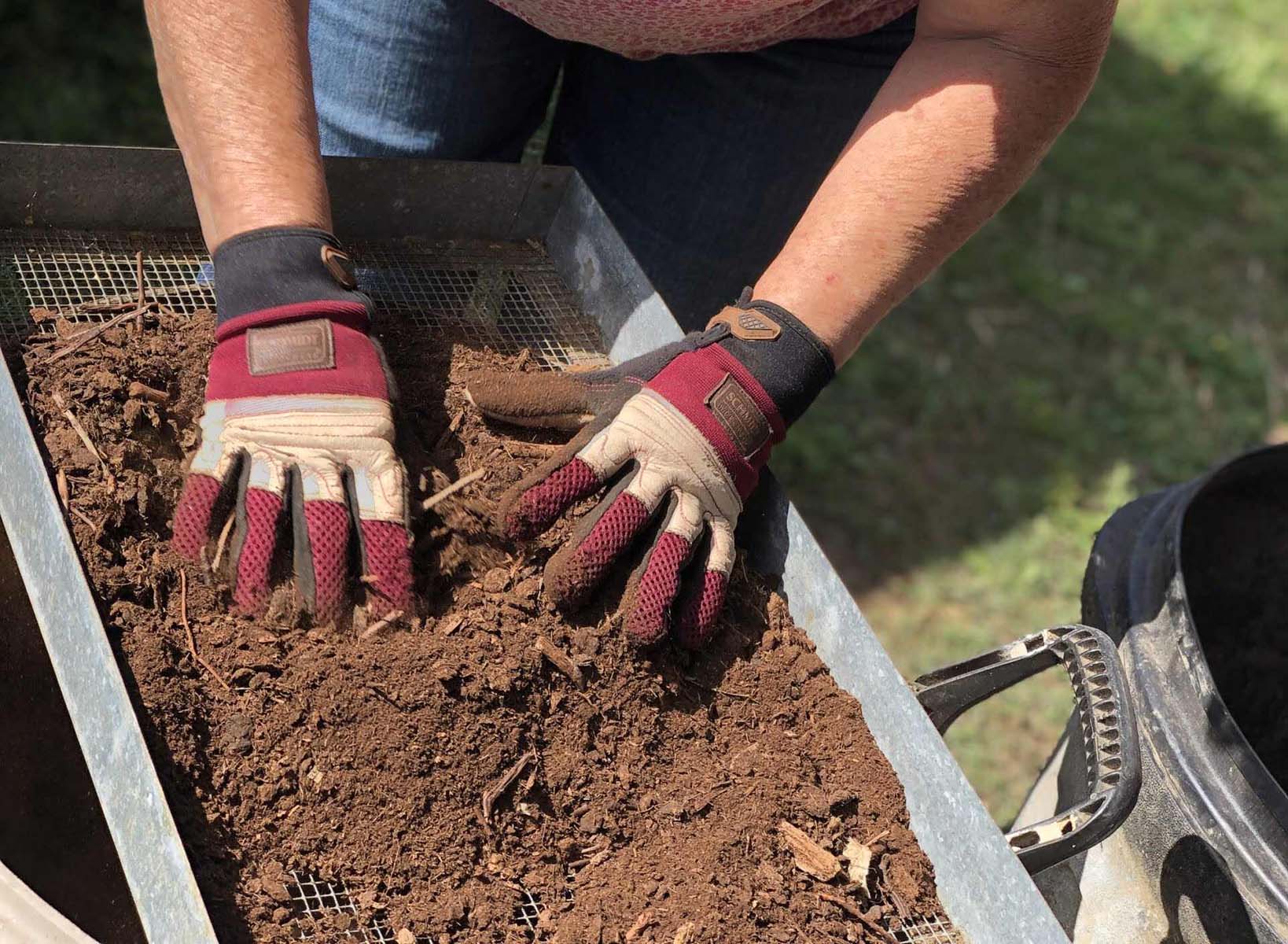
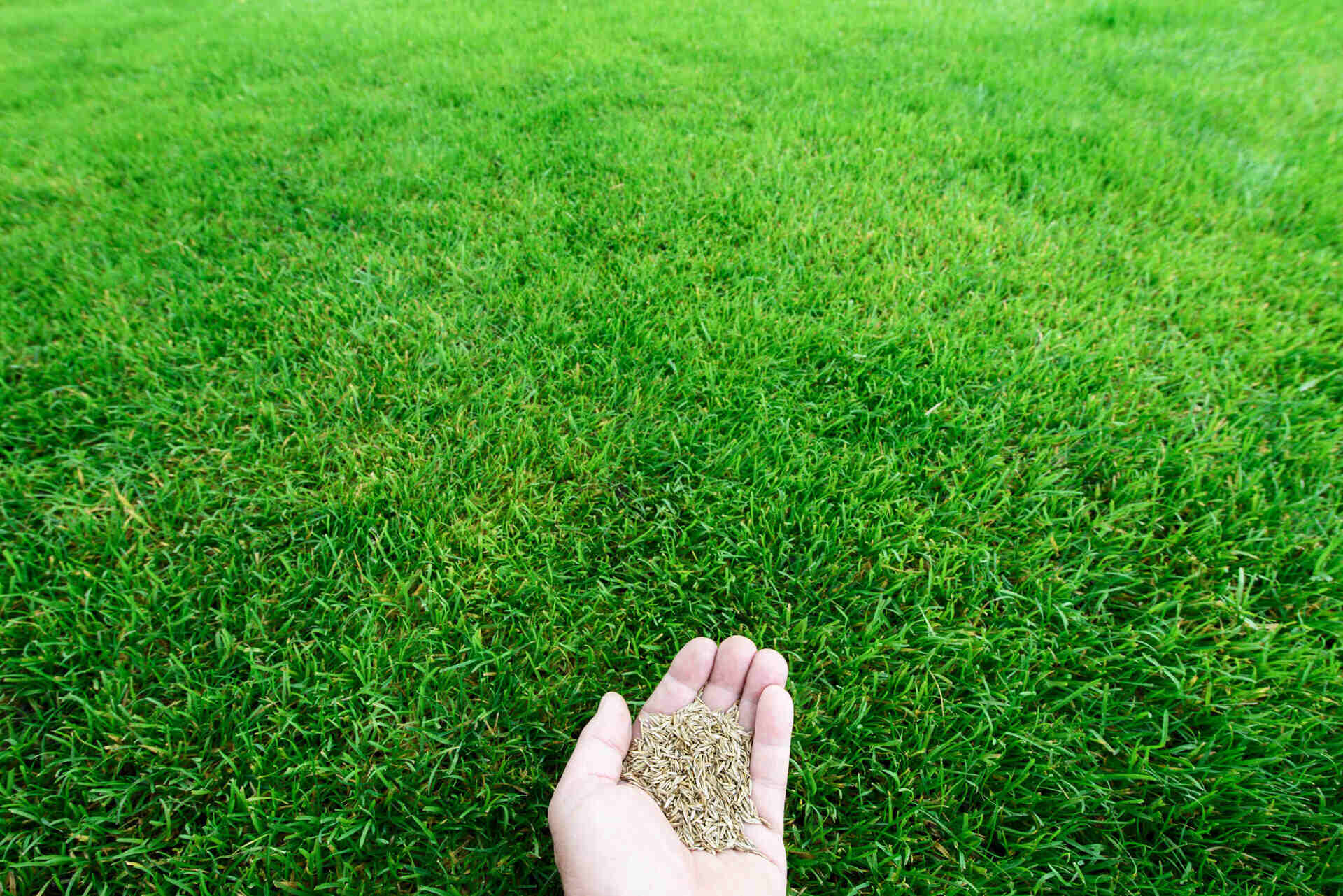
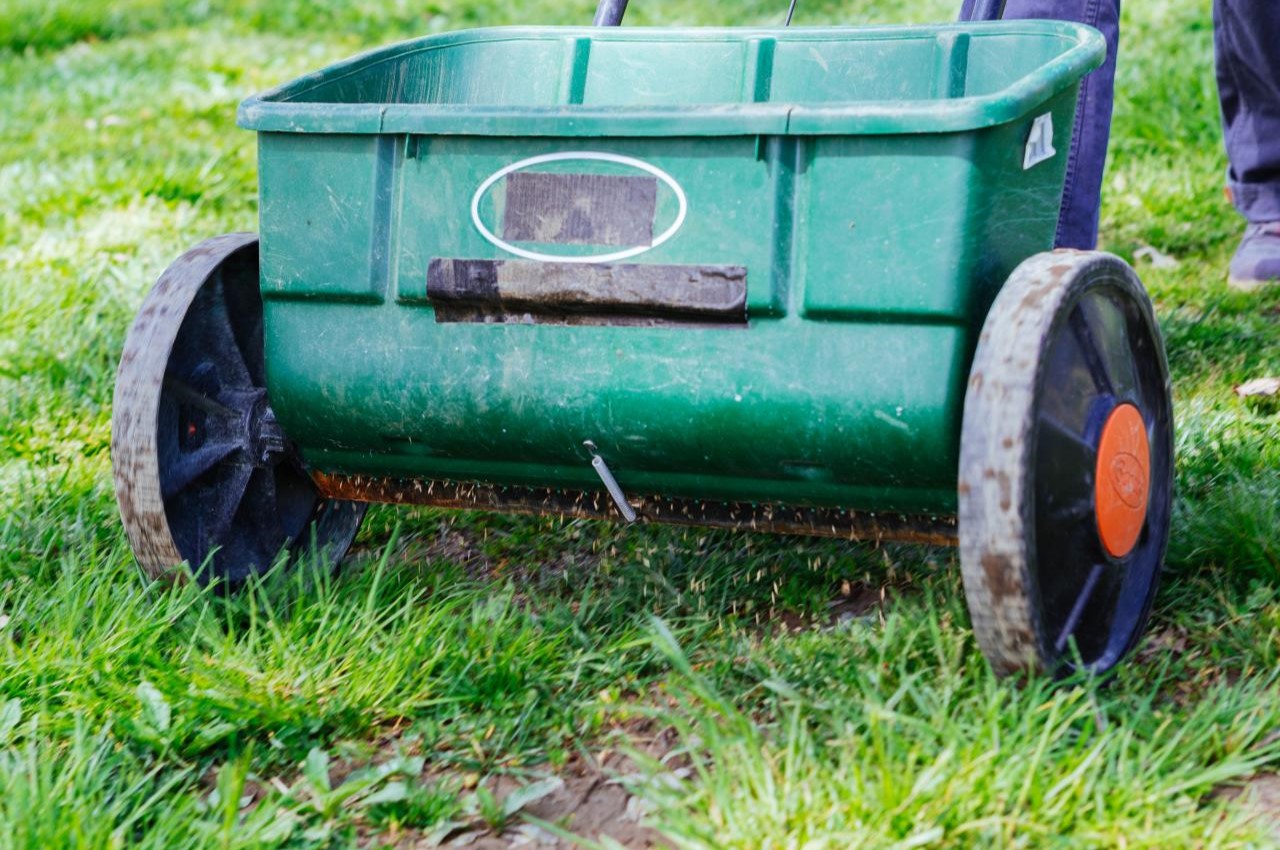
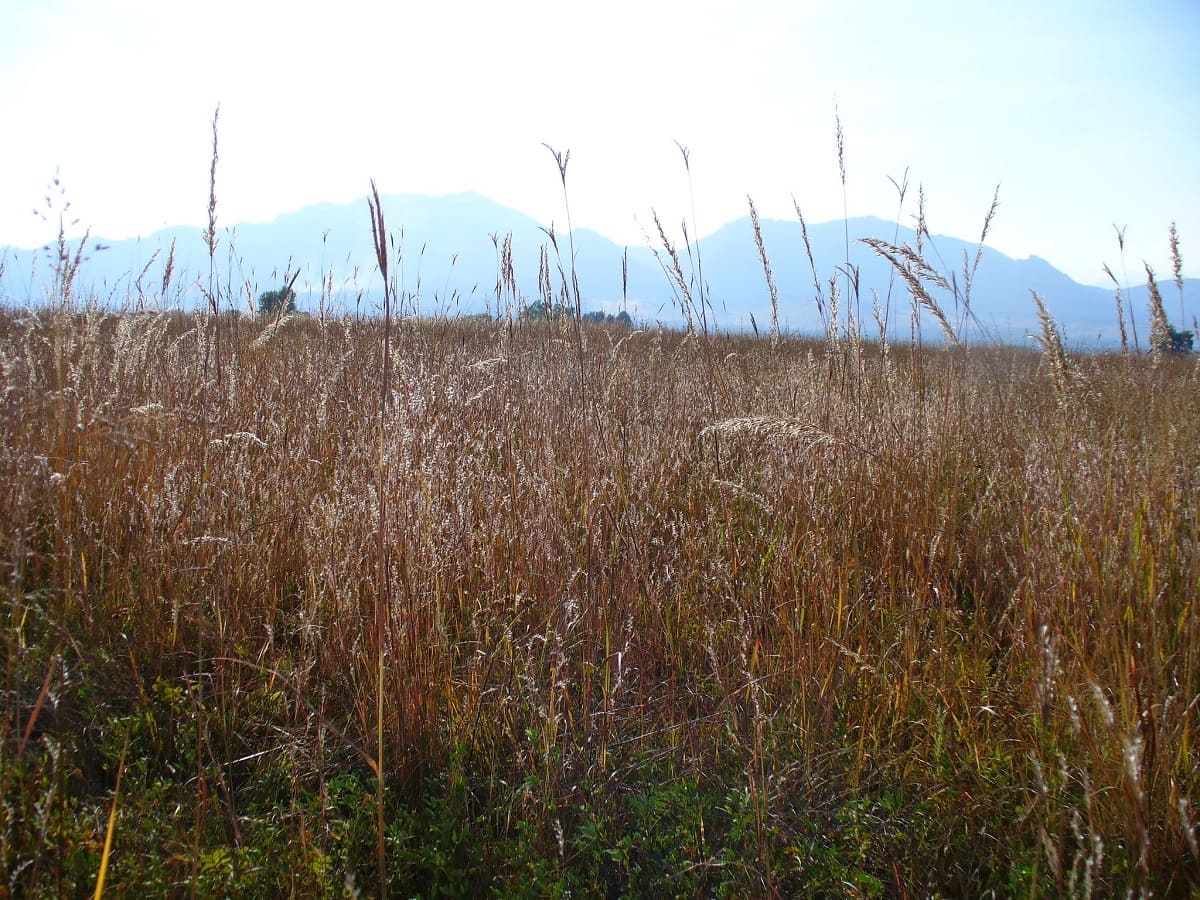
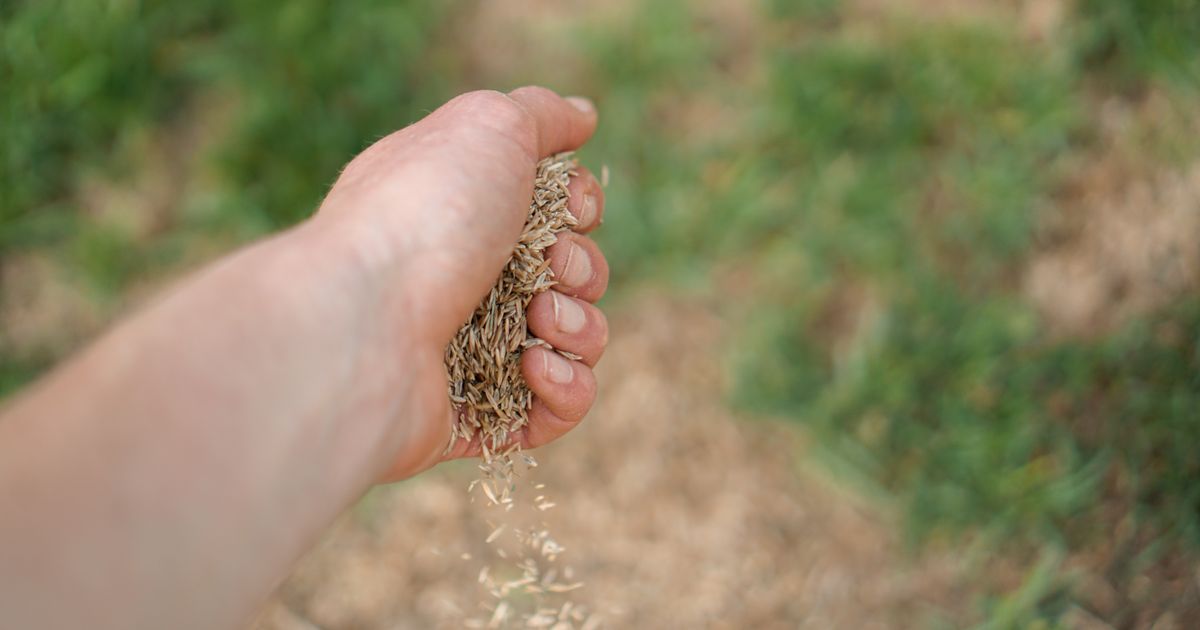
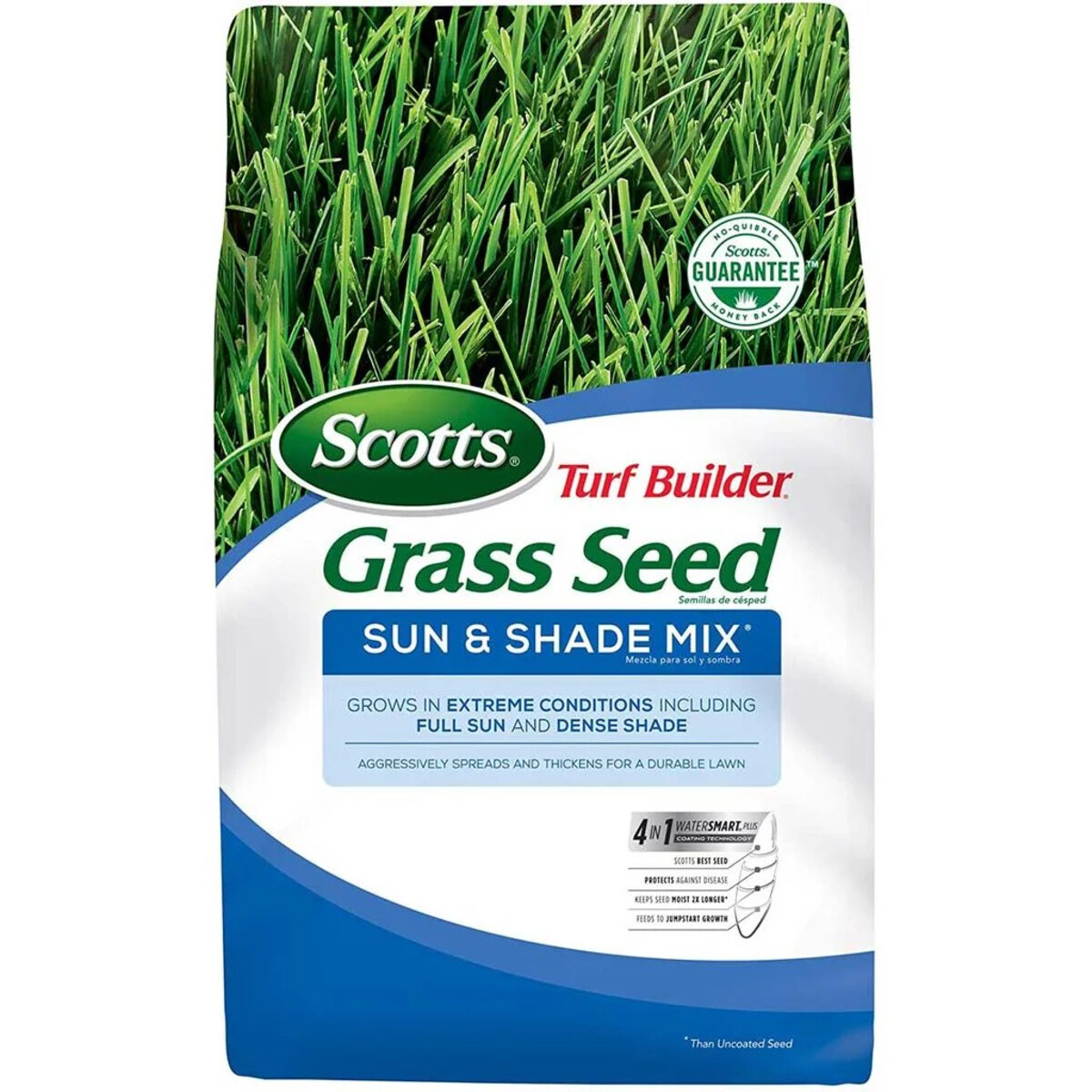

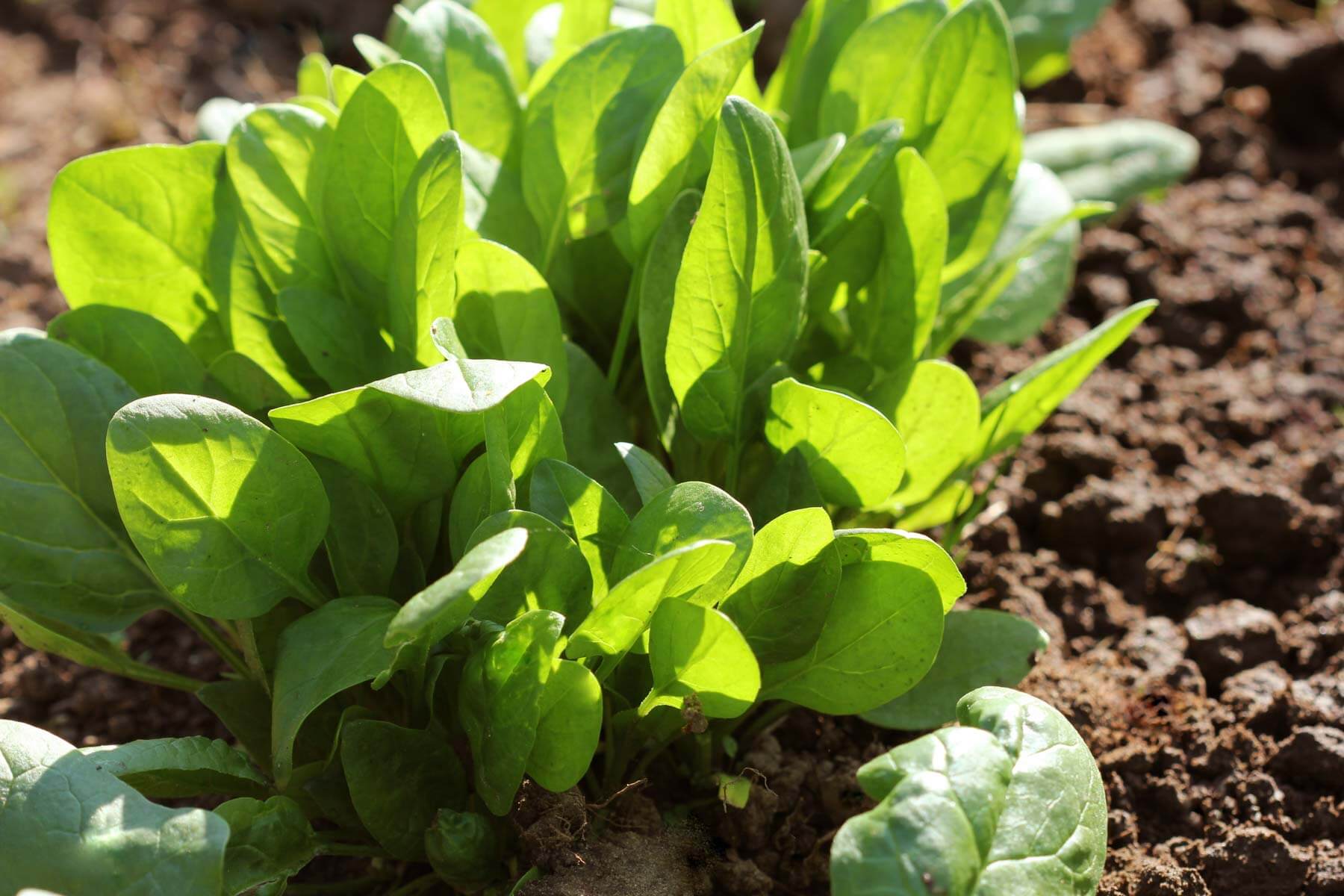
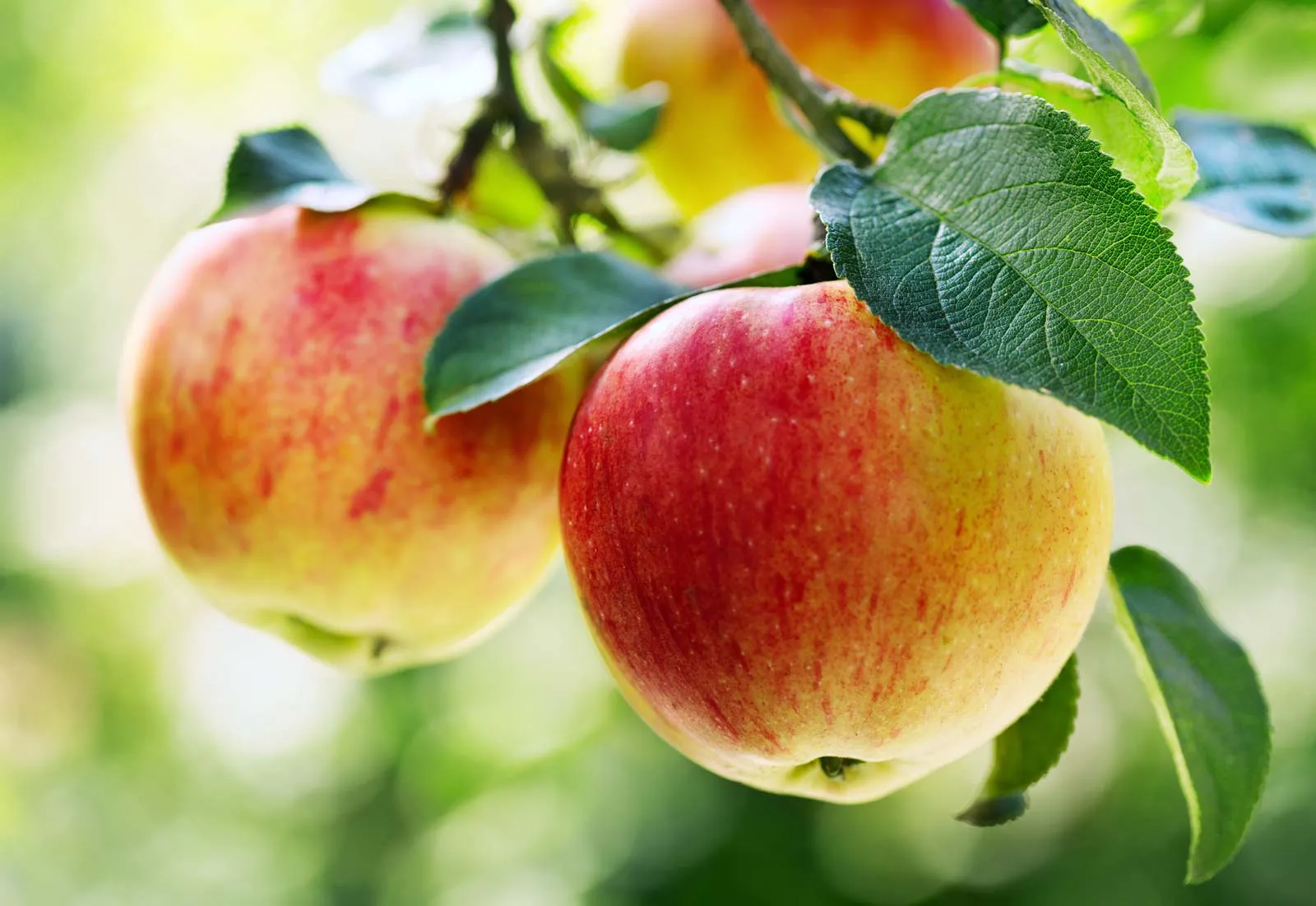
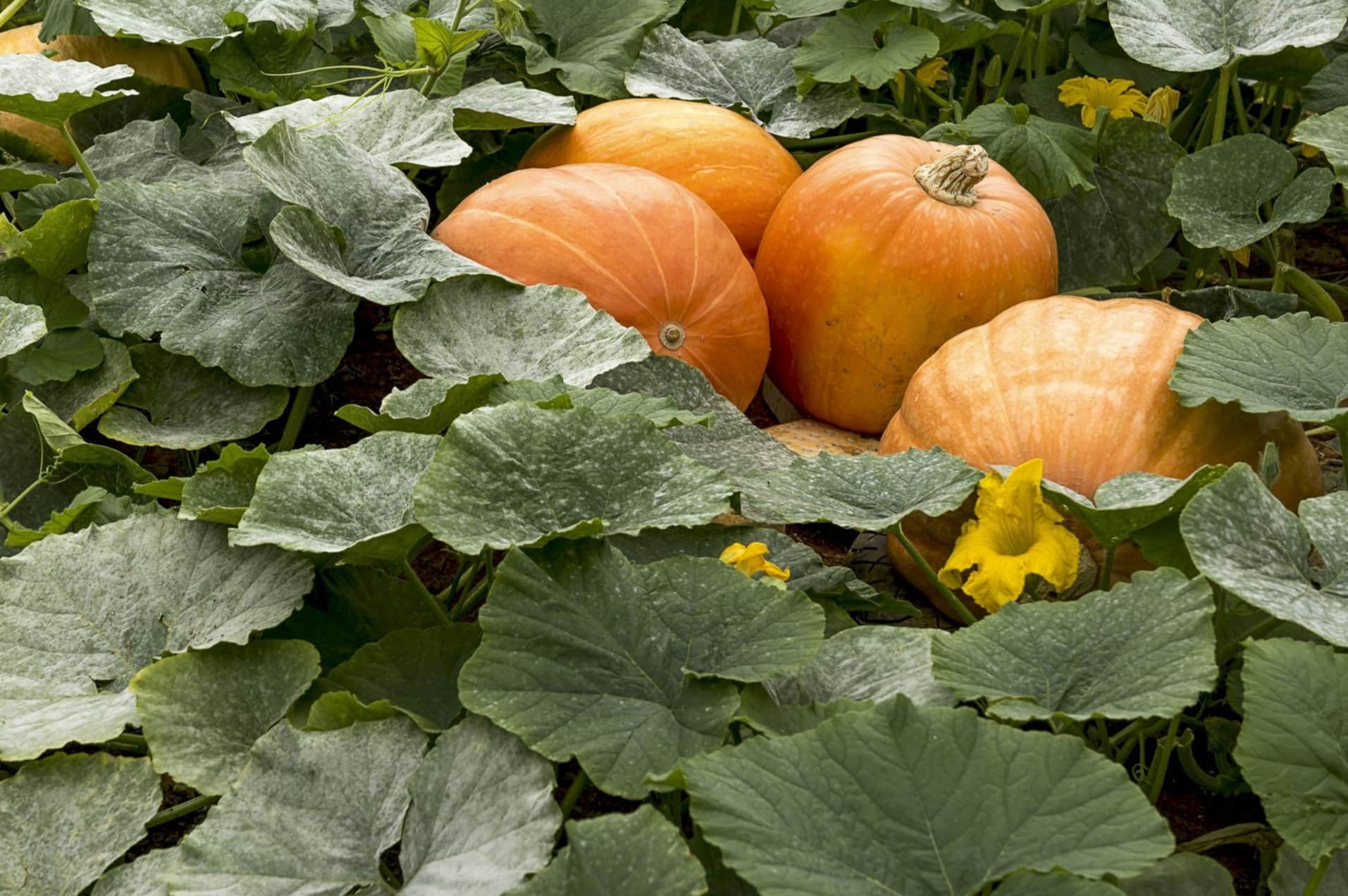
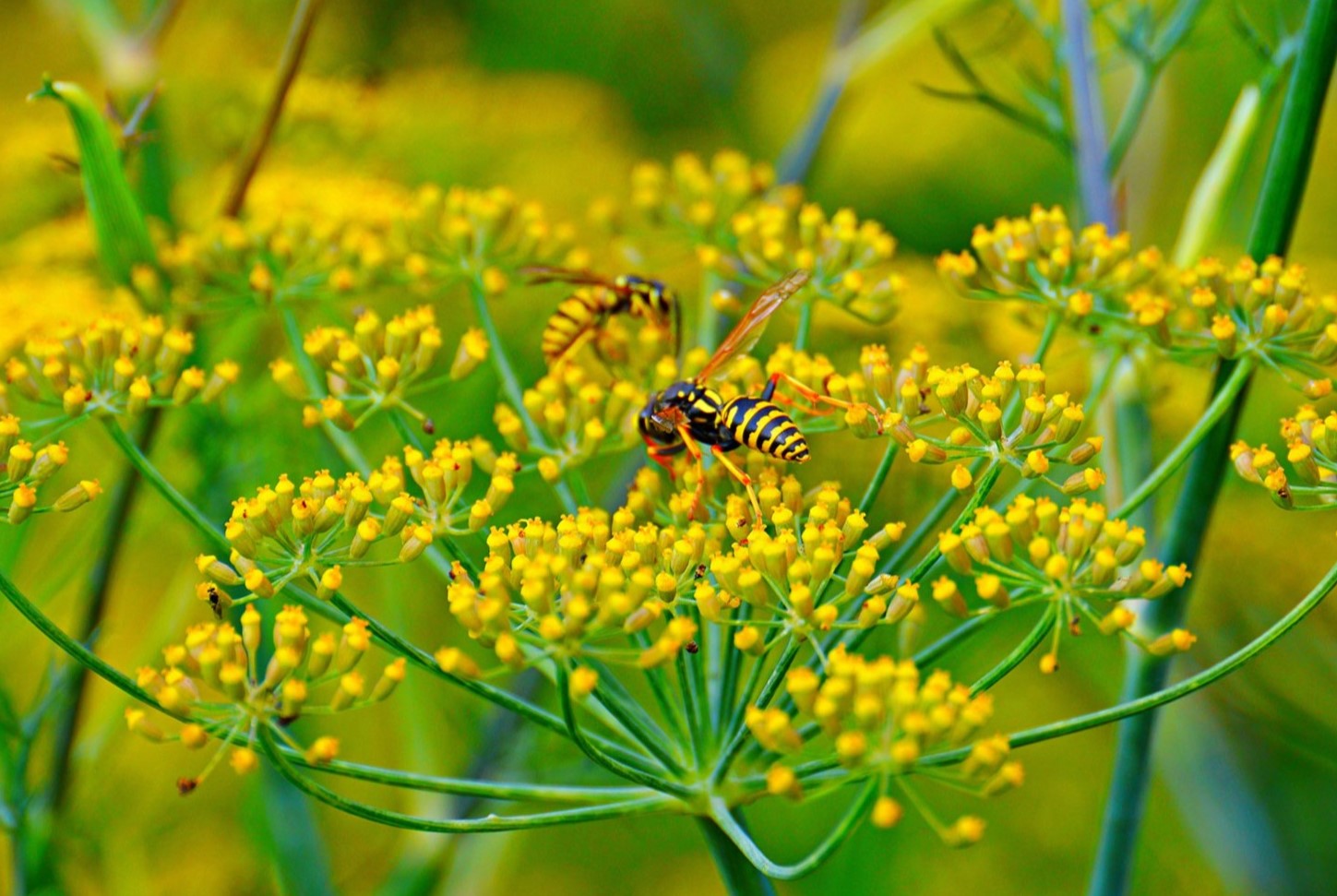
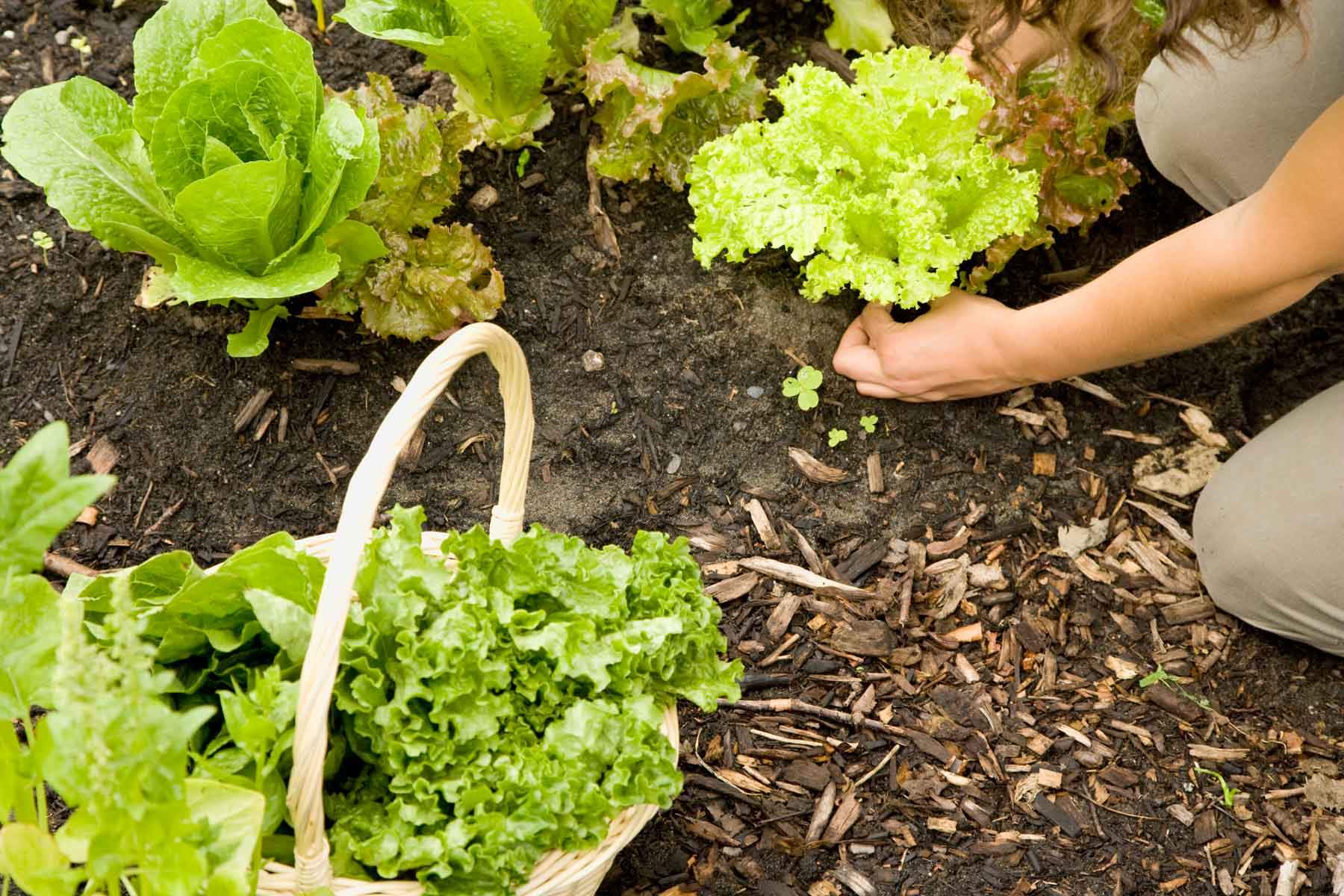
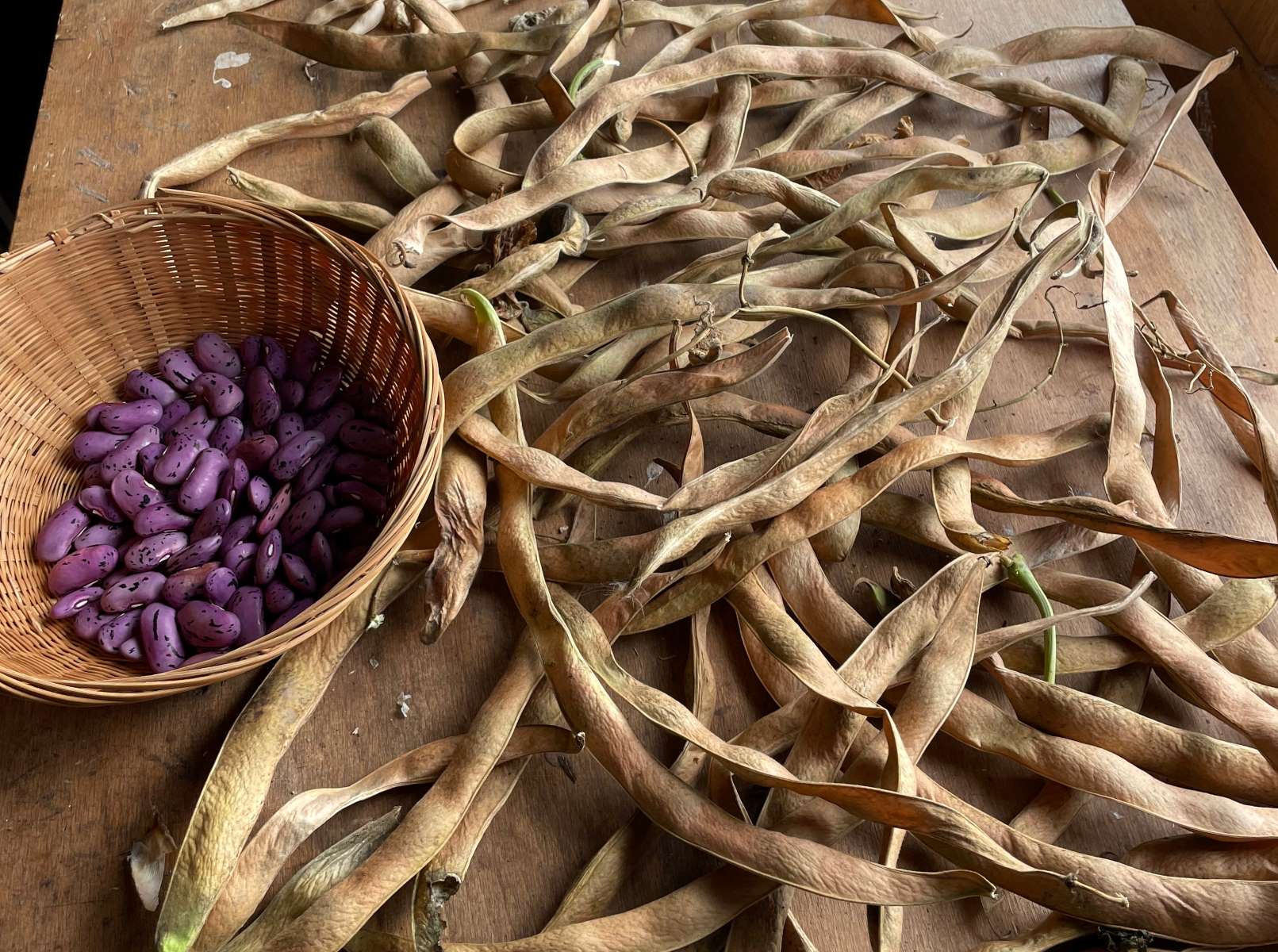
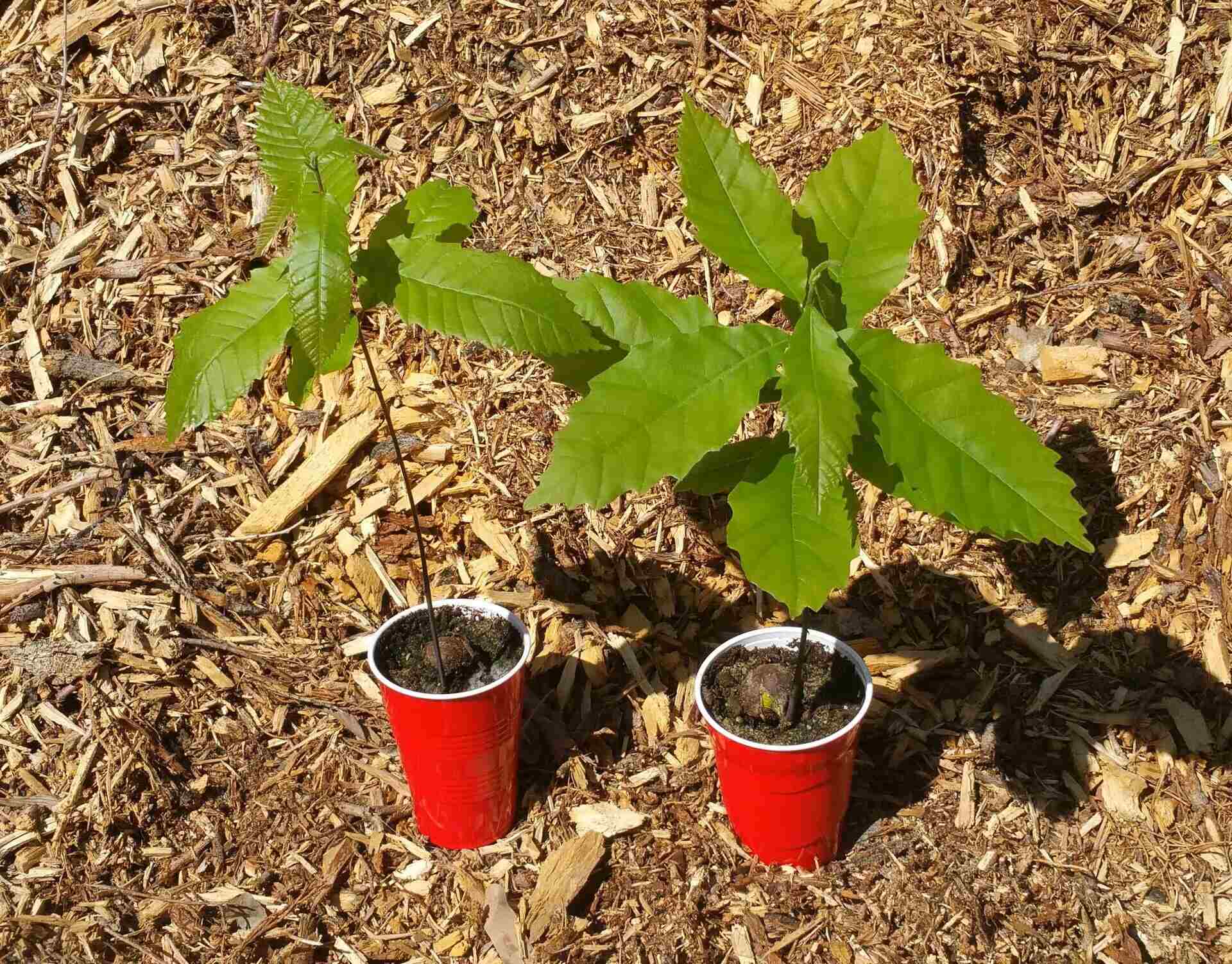

0 thoughts on “How To Plant Grass Seed In Colorado”